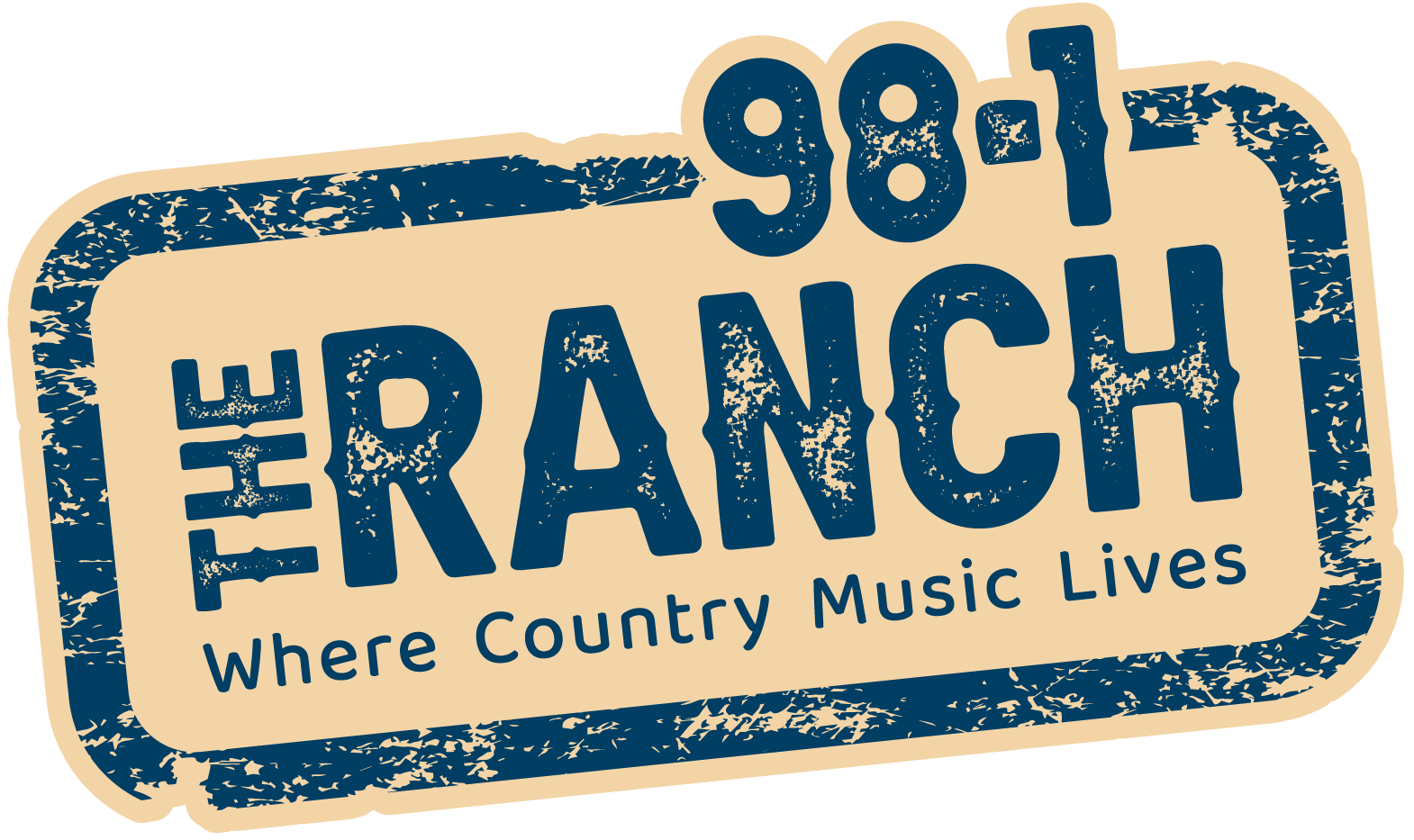A new interpretive sign in Lethbridge is exploring the various stories of pastimes in the history of downtown.
The City of Lethbridge’s Heart of Our City Committee, Historic Places Advisory Committee, and the Lethbridge Historical Society partnered to fund and produce the piece.
Located on the north side of 2nd Avenue South and just east of 3rd Street, the sign features various panels dedicated to “Black Diamonds, Blue Collars, and Red Lights” and showcase various activities and businesses that were widely known in the area.
The panels have subsections titled Coal Mines and Railways, Early Industry, Wet Your Whistle, Civically Speaking, Where Prostitutes and Communists Meet? and Recent Developments.
“This project was a great collaboration with a common goal of properly documenting and showcasing several important early pieces of Downtown Lethbridge history,” says Ross Kilgour, Senior Community Planner.
“This specific focus area really was an industrial catalyst and hub of the city for many decades.”
When the Scotiabank was being redeveloped in 2015, approval included the creation of the sign, which was first supposed to be a standalone sign but was changed to be incorporated in the brick wall and base.
“With the redevelopment of the area, we did not want the history of the area to be lost,” says Belinda Crowson, City Councillor and president of the Lethbridge Historical Society.
“Lethbridge’s beginnings as a city were based around the coal industry. The earliest mines were small ones in the river valley, with tunnels dug directly into the sides of the coulees. From 1888 to 1897, the first large mine, Galt No. 1, operated just north of this site before being replaced with larger mines.”
The sign explains coal and the railways and how that helped grow Lethbridge. It then goes on to the early industries like Lethbridge Iron Works, Sick’s Brewery— which by 1928 was the largest brewing compan in western Canada and the second largest in Canada, and Bell’s Welding.
Some of the early municipal buildings were also located in this area of downtown, like Fire Hall No. 1 which was called the Municipal Building.
The sign also explores the city’s own red light district around 1920. Also known as the Segregated Area, it remained until 1940.
“Religious, temperance and other groups worked to close the brothels. However, while prostitution was illegal, convictions were difficult to obtain and the unofficial tolerance of some members of the community allowed the brothels to operate in relative security,” says Crowson.
“The provincial government ordered the City of Lethbridge to close down the red light district in the 1940s or face having the city police replaced by the RCMP. The district closed around 1944.”
Since 1970, this area of Lethbridge has continuously changed.




